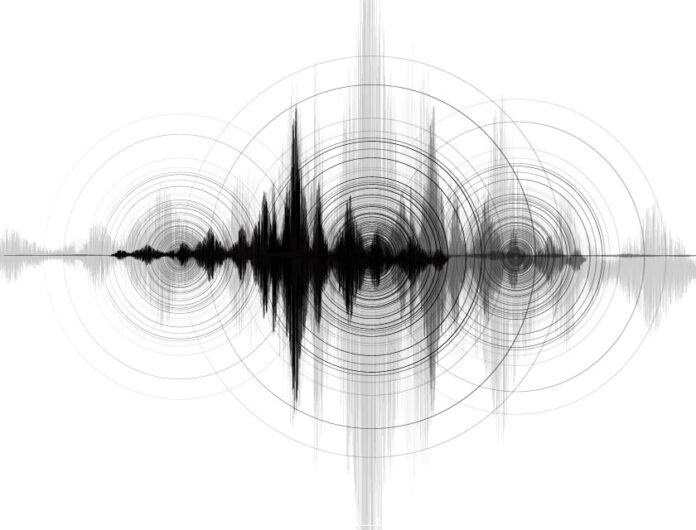一种新的人工智能方法可以帮助预测地震后余震的位置
An 地震 is a phenomenon caused when rock underground in the 地球 crust suddenly breaks around a geological fault line. This causes rapid release of energy which produces seismic waves which then make the ground shake and this is the sensation we fell during an earthquake. The spot where the rock breaks is called focus of the 地震 and place above it on ground is called ‘epicentre’. The energy released is measured as magnitude, a scale to describe how energetic was an earthquake. An earthquake of magnitude 2 is barely perceptible and can be recorded only by using sensitive specialized equipment, while earthquakes of more than magnitude 8 can cause the ground to noticeably shake very hard. An earthquake is generally followed by many aftershocks occurring by a similar mechanism and which are equally devasting and many times their intensity and severity is similar to the original earthquake. Such post-quake tremors occur generally within the first hour or a day after the main earthquake. Forecasting spatial distribution of aftershocks is very challenging.
科学家们制定了经验法则来描述余震的大小和时间,但确定它们的位置仍然是一个挑战。 谷歌和哈佛大学的研究人员在他们的研究中设计了一种使用人工智能技术评估地震和预测余震位置的新方法。 自然. 他们专门使用机器学习——人工智能的一个方面。 在机器学习方法中,机器从一组数据中“学习”,在获得这些知识后,它能够使用这些信息对更新的数据进行预测。
研究人员首先使用深度学习算法分析了全球地震数据库。 深度学习是一种高级类型的机器学习,其中神经网络试图模仿人脑的思维过程。 接下来,他们的目标是能够 预测 aftershocks better than random guessing and try to solve the problem of ‘where’ the aftershocks will occur. Observations collected from more than 199 major earthquakes around the world were utilized consisting of around 131,000 mainshock-aftershock pairs. This information was combined with a physics-based model which describing how 地球 would be strained and tense after an earthquake which will then trigger aftershocks. They created 5 kilometer-square grids within which system would check for an aftershock. The neural network would then form relationships between strains caused by main earthquake and the location of aftershocks. Once neural network system was well-trained in this manner, it was able to predict location of aftershocks accurately. The study was extremely challenging as it used complex real-world data of earthquakes. Researchers alternatively set up 人造的 和类型的“理想”地震来创建预测,然后检查预测。 查看神经网络输出,他们试图分析可能控制余震预测的不同“数量”。 在进行空间比较后,研究人员得出结论,典型的余震模式在物理上是“可解释的”。 该团队建议,称为偏应力张力的第二种变体的量(简称为 J2)是关键所在。 这个量是高度可解释的,经常用于冶金和其他领域,但以前从未用于研究地震。
Aftershocks of earthquakes cause further injuries, damage properties and also hinder rescue efforts therefore predicting them would be life-saving for humanity. Real time forecast may not be possible at this very moment as the current AI models can deal with a particular type of aftershock and simple geological fault line only. This is important because geological fault lines have different geometry in diverse geographical location on the 行星. So, it may not be currently applicable to different type of earthquakes around the world. Nevertheless, artificial intelligence technology looks suitable for earthquakes because of n number of variables which need to considered when studying them, example strength of the shock, position of tectonic plates etc.
神经网络旨在随着时间的推移而改进,即随着更多数据输入系统,进行更多学习并且系统稳步改进。 在未来,这样的系统可能成为地震学家使用的预测系统的一个组成部分。 规划人员还可以根据对地震行为的了解来实施应急措施。 该团队希望使用人工智能技术来预测地震的震级。
***
{您可以通过单击下面引用来源列表中给出的 DOI 链接来阅读原始研究论文}
来源(S)
德弗里斯 PMR 等。 2018. 大地震后余震模式的深度学习。 自然560(7720)。
https://doi.org/10.1038/s41586-018-0438-y
***






































